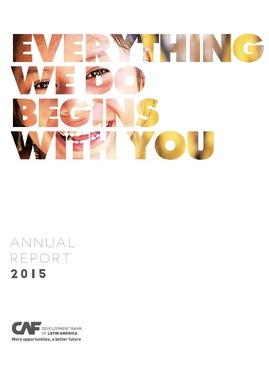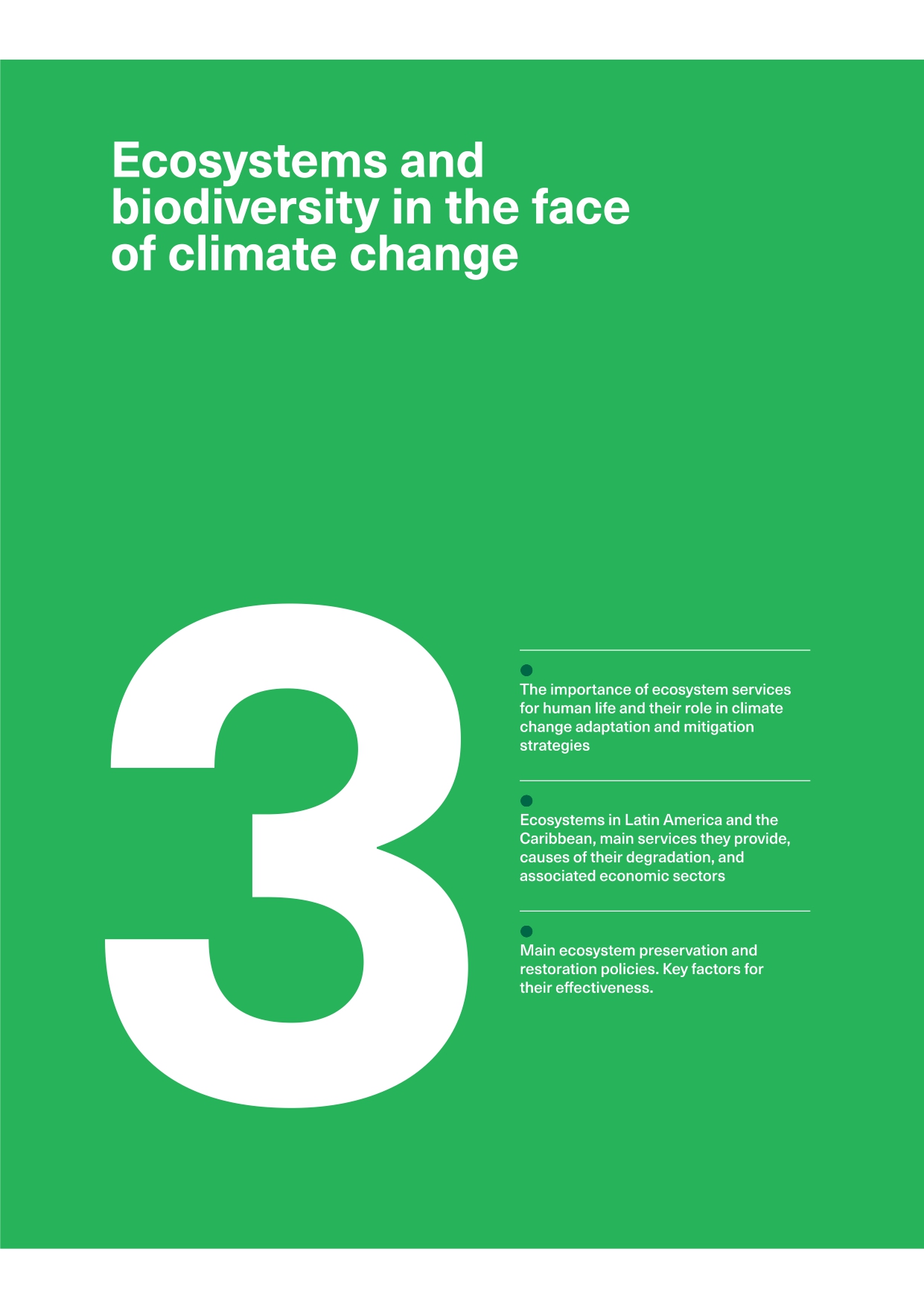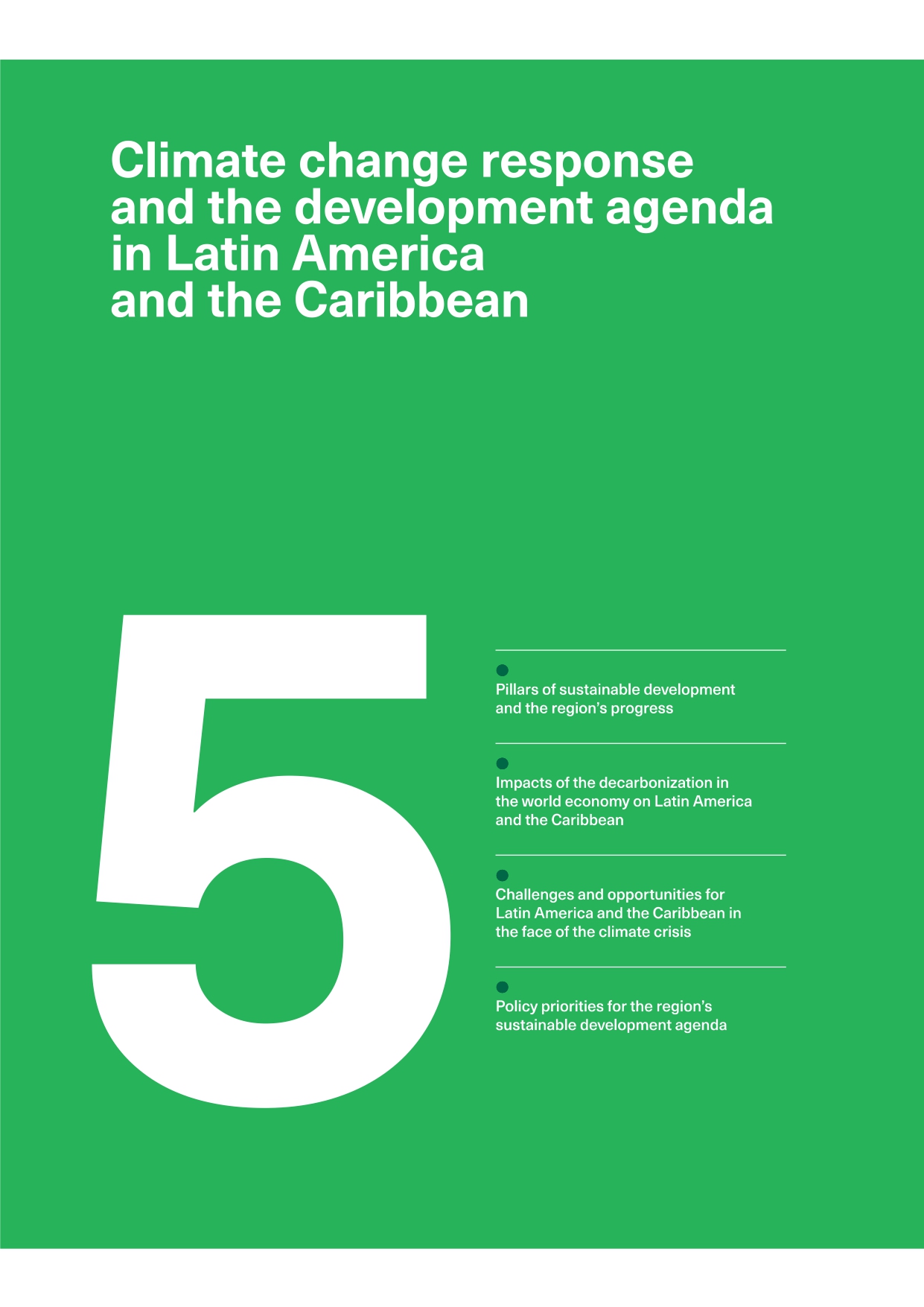High-integrity Voluntary Carbon Markets in the Global South: options for Policymakers in Latin America and the Caribbean
Resumen
Limiting global warming to 1.5°C, in line with the Paris Agreement, requires that global annual greenhouse gas (GHG) emissions be cut by 50 percent of current levels by 2030 and reduced to net zero by 2050 Reaching net-zero GHG emissions by 2050 is essential to mitigating the negative impacts of climate change on global standards of living, livelihoods, and natural resources. Part of the solution to this challenge lies in firms across industries focusing on decarbonizing their production, distribution, and supply chains. This pressing need explains the increasing number of companies that have started to make commitments to achieve net-zero targets by reducing their emissions, which are mainly associated with supply chains, and the use of their products. However, some companies, especially those engaged in activities where emissions are tough to abate may find meeting their net-zero transition goals challenging. Many corporates are therefore interested in buying carbon credits through Voluntary Carbon Markets (VCMs) to compensate for a proportion of their remaining emissions, or to achieve sustainability targets linked to ESG criteria. VCMs can be a powerful tool to enable organizations to increase their climate ambition by purchasing carbon credits to finance climate change mitigation, either through carbon removals or emissions reduction projects. In fact, recent research has found that companies engaging in the voluntary carbon market are reducing their own emissions quicker than other companies who are not.
For finance flows to fund emission reduction or removal projects, there is a need for the development of robust, well-functioning VCMs made up of high-quality carbon credits. A liquid VCM at scale could allow billions of dollars of capital to flow from companies making commitments such as carbon neutral or net-zero into projects that can reduce and remove GHG emissions. Estimations suggest that under favorable market conditions, demand for voluntary carbon credits could increase at least 15-fold by 2030 and 100-fold by 2050 from current levels, contributing to the achievement of pathways consistent with net-zero scenarios. Overall, the market for carbon credits could be worth upward of $50 billion in 2030.
Materia
País / Región
Fecha
2023Citar de esta publicación
Item perteneciente a la Colección

Autor
Montalvo Santamaría, AliciaArana, Ignacio Lorenzo
Grisales, Cristian
Rodríguez Claros, Sebastián
Andrade Matamoro, Rolando
Items Relacionados
Annual Report 2015
Faced with the loss of economic dynamism in Latin America in 2015, CAF took actions to step up its anti-cyclical role with fast-disbursing and contingent ...
RED 2023 - Chapter 3: Ecosystems and biodiversity in the face of climate change
The ecosystems provide vital services to human existence. These benefits, known as ecosystem services, encompass the provision of food, freshwater, ...
RED 2023 - Chapter 5: Climate change response and the development agenda in Latin America and the Caribbean
The preceding chapters shed light on the enormous challenges posed by climate change and biodiversity conservation to the world. Global greenhouse gas ...





